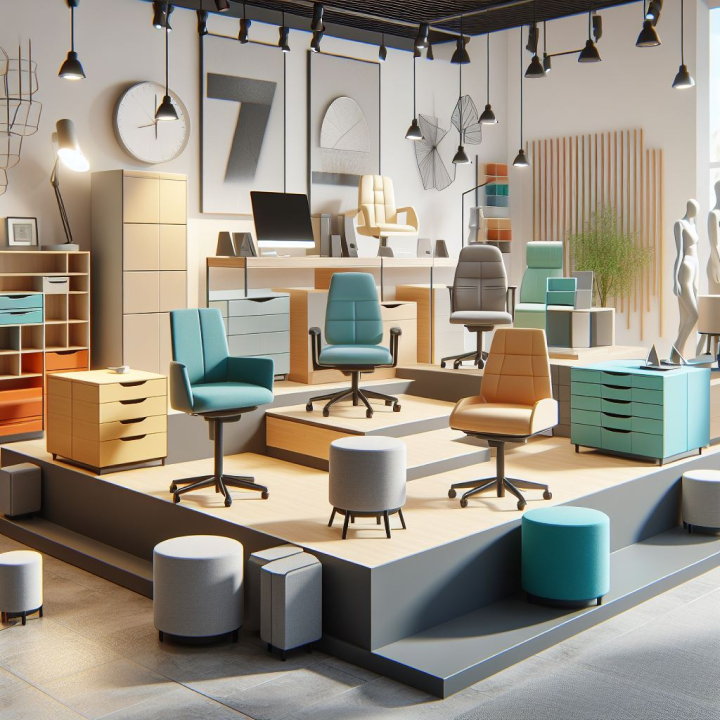In today’s hyper-competitive eCommerce landscape, captivating product images play a pivotal role in attracting consumers’ attention and driving sales. Among the myriad of techniques available, customized 3D product modelling stands out as a game-changer. This innovative approach not only revolutionizes the way manufacturers visualize their ideas but also serves as a powerful tool for promoting new products online. By harnessing the capabilities of computer-generated imagery (CGI), companies can unlock a world of possibilities and create stunning visuals that leave a lasting impression on online shoppers.
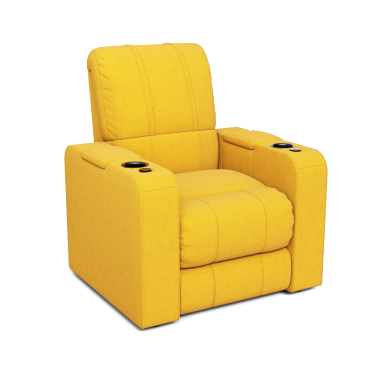
Beyond Traditional Product Photography: The Rise of CGI Technology
For eCommerce businesses, organizing traditional photo shoots for marketing campaigns poses a myriad of challenges. Not only are these shoots time-consuming and labor-intensive, but they also come with a hefty price tag. As the costs of traditional product photography continue to escalate, many companies find themselves exploring alternative solutions to showcase their offerings online. Enter CGI – a cutting-edge technology that promises to transform the way products are visualized and marketed online. However, despite its potential benefits, many companies lack the knowledge and expertise to initiate the CGI process effectively.
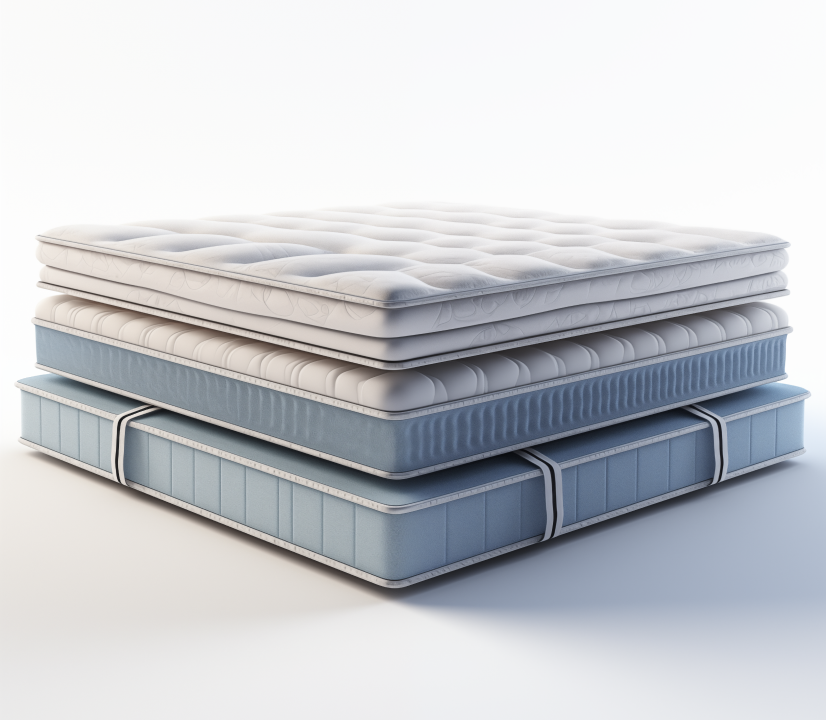
Crafting the Perfect Brief for 3D Product Modelling
At the heart of any successful 3D product modelling project lies a well-crafted brief. This document serves as a blueprint for the entire process, guiding 3D artists in bringing manufacturers’ visions to life. To ensure the success of the project, it is essential to include the following top 5 reference materials in the brief:
Reference Materials for 3D Modelling:
a. Drawings:
CAD drawings form the cornerstone of any 3D modelling project, providing crucial technical information about the product. Additionally, shop and millwork drafts, along with wireframe model drawings, offer invaluable insights into the product’s design and structure.
b. General Image:
A clear visual representation of the product is essential for guiding 3D artists in their work. Whether it’s through CAD drawings, hand sketches, or prototypes, providing front, side, and back views of the product helps ensure accurate modelling and rendering.
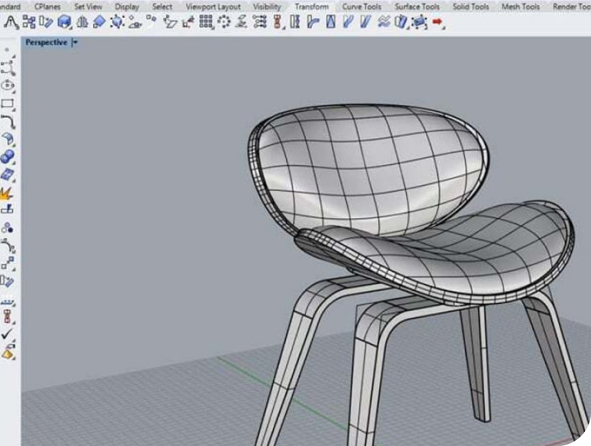
c. Description of Details:
To accurately capture the essence of the product, it is crucial to highlight its special features and benefits. Close-up photos, drawings, and descriptions of unique details serve as invaluable references for 3D artists, enabling them to depict the product with precision.
d. Material Swatches:
The choice of materials plays a significant role in enhancing the appearance of customized products. By providing visual references such as sample pieces or images of selected finishes, companies can guide 3D artists in accurately recreating the product’s texture and appearance.

e. Mood References:
Setting the mood and style for product renderings is essential for conveying the desired aesthetic and ambiance. Mood boards or examples from product catalogs serve as valuable references, helping 3D artists align their work with the manufacturer’s vision.
Maximizing Sales with Custom 3D Modelling in eCommerce
Incorporating customized 3D modelling into eCommerce marketing strategies can yield significant benefits for businesses. Firstly, it allows companies to create immersive and interactive product experiences that engage online shoppers and drive conversion rates. By showcasing products in a realistic and visually appealing manner, businesses can enhance the online shopping experience and increase customer satisfaction.
Furthermore, customized 3D modelling enables eCommerce businesses to overcome the limitations of traditional product photography. With CGI, companies can easily showcase product variations, customization options, and unique features that may be challenging to capture through traditional photography methods. This versatility allows businesses to effectively communicate the value proposition of their products and differentiate themselves from competitors in the online marketplace.
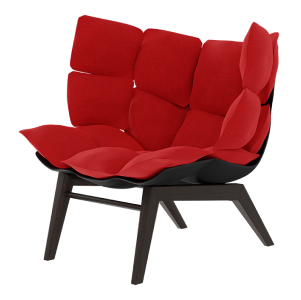
Comprehensive Briefs Drive Superior Results
Customized 3D product modelling offers a transformative solution for eCommerce businesses looking to enhance their online marketing efforts. By crafting a comprehensive brief that includes the top 5 reference materials outlined above, companies can ensure the success of their 3D modelling projects and drive business growth. With the help of experienced 3D modelling services, eCommerce businesses can create visually stunning product experiences that captivate online shoppers and drive sales. By leveraging the power of CGI, businesses can revolutionize their eCommerce marketing strategies and stay ahead of the competition in today’s digital landscape.
Tulfa’s Path to eCommerce Success
In today’s dynamic global eCommerce landscape, businesses face the challenge of differentiating themselves amidst an unparalleled array of choices for customers. To address this competitive environment and cater to the diverse demands of online shoppers, Tulfa, a leading eCommerce service provider based in Chicago, offers innovative solutions such as photorealistic 3D product rendering.
Global eCommerce revenue is set to skyrocket, with projections exceeding $5.5 trillion by 2027. In 2023, the U.S. market raked in $925.4 billion, expected to surge to $1.4 trillion by 2027, showcasing an impressive 11.22% annual growth rate. Similarly, Europe’s eCommerce market generated $631.9 billion in 2023, with estimates predicting a rise to $902.3 billion by 2027 at a 9.31% annual growth rate. These figures highlight thriving consumer spending power in both regions, signaling lucrative market opportunities. Furthermore, the U.S. recorded $271.7 billion in retail eCommerce sales in Q3 2023, projecting an 11.2% growth rate till 2027, while Europe anticipates a 9.3% increase.
As the global online shopping population is estimated to hit 2.77 billion by 2025, with 33% already engaged in digital transactions as of 2023, there’s a promising 53.9% user penetration anticipated by 2024, surging to 63.2% by 2028. These statistics underscore the immense potential for brands to harness effective marketing strategies and prioritize exceptional customer experiences to capitalize on the ever-expanding eCommerce market.
Contact us today at hello@tulfa.com to embark on a journey towards eCommerce excellence.

